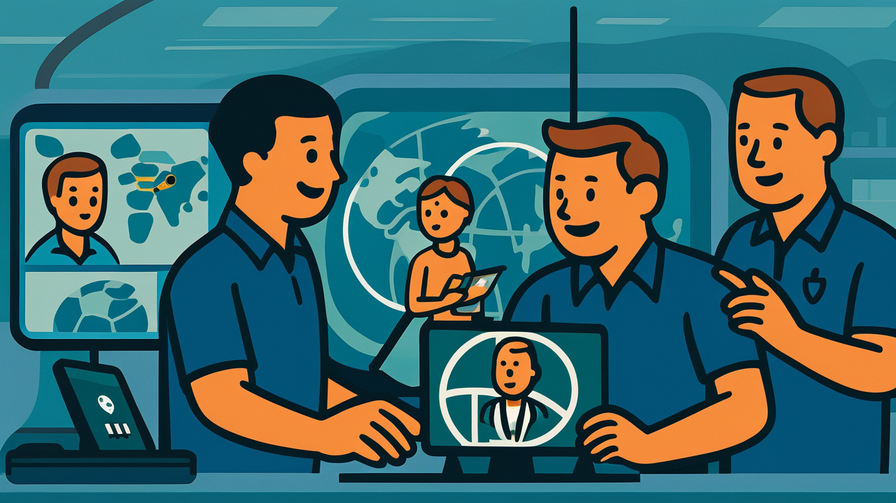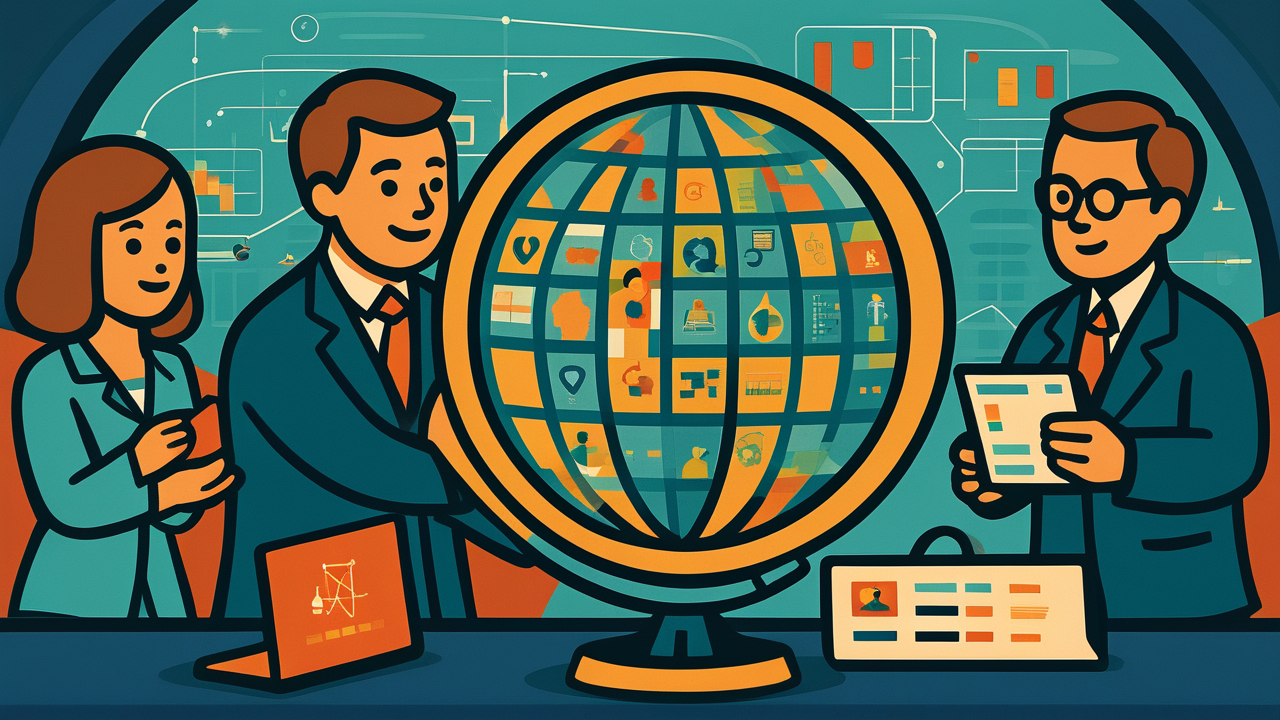[Disclaimer] This article is reconstructed based on information from external sources. Please verify the original source before referring to this content.
News Summary
The following content was published online. A translated summary is presented below. See the source for details.
Google has announced a significant advancement in its Earth AI technology, unveiling new geospatial models that promise to revolutionize how we view and analyze our planet. These models use artificial intelligence to process satellite imagery and create detailed, up-to-date maps of Earth’s surface. The technology can identify changes in land use, track urban development, and monitor environmental shifts with unprecedented accuracy. Google’s Earth AI can now distinguish between different types of buildings, roads, and natural features, providing a more comprehensive understanding of global landscapes. This breakthrough has potential applications in urban planning, disaster response, and environmental conservation. The announcement was accompanied by an image showing a satellite orbiting a grayscale Earth, with a colored path highlighting its trajectory over Africa, symbolizing the global reach and precision of this new technology.
Source: Google Blog
Our Commentary
Background and Context

Google Earth has been a pioneering tool in geospatial technology since its launch in 2001. The platform has continually evolved, incorporating satellite imagery, aerial photography, and GIS data to create a comprehensive digital representation of our planet. The integration of AI into this system marks a significant leap forward, enabling more sophisticated analysis and interpretation of Earth’s features.
Expert Analysis
This advancement in Earth AI technology has far-reaching implications across various sectors:
Key points:
- Enhanced urban planning capabilities, allowing cities to make more informed decisions about infrastructure development
- Improved disaster response through real-time monitoring of affected areas
- More effective environmental conservation efforts by tracking deforestation, coastal erosion, and other ecological changes
Additional Data and Fact Reinforcement
To understand the scale and impact of this technology, consider the following:
- Google Earth currently covers 98% of the world’s population, with over 10 million miles of Street View imagery
- Satellite imagery can now capture details as small as 30cm per pixel, allowing for highly accurate mapping
- AI-powered analysis can process thousands of satellite images in a fraction of the time it would take human analysts
Related News
This development aligns with broader trends in AI and geospatial technology. Recently, NASA and ESA have also been exploring AI applications for Earth observation, focusing on climate change monitoring and natural disaster prediction.
Summary

Google’s Earth AI represents a significant leap in our ability to observe and understand our planet. This technology has the potential to transform how we manage urban growth, respond to crises, and protect our environment, marking a new era in geospatial intelligence and Earth observation.


